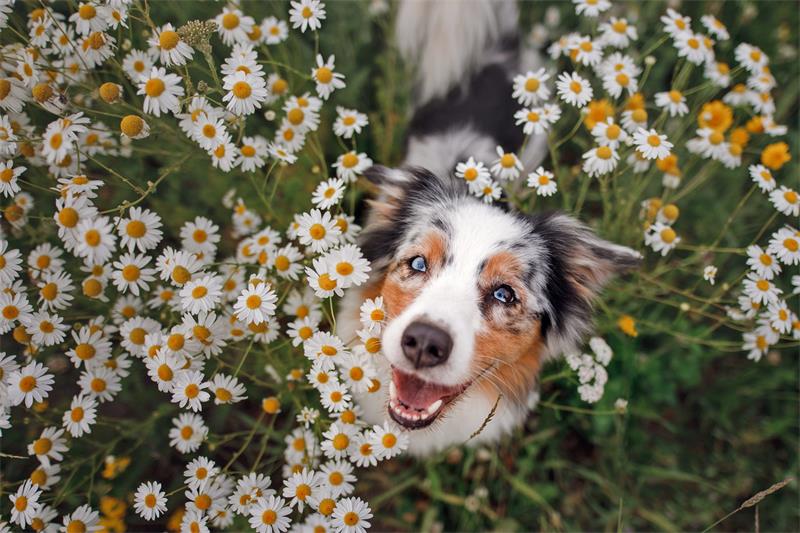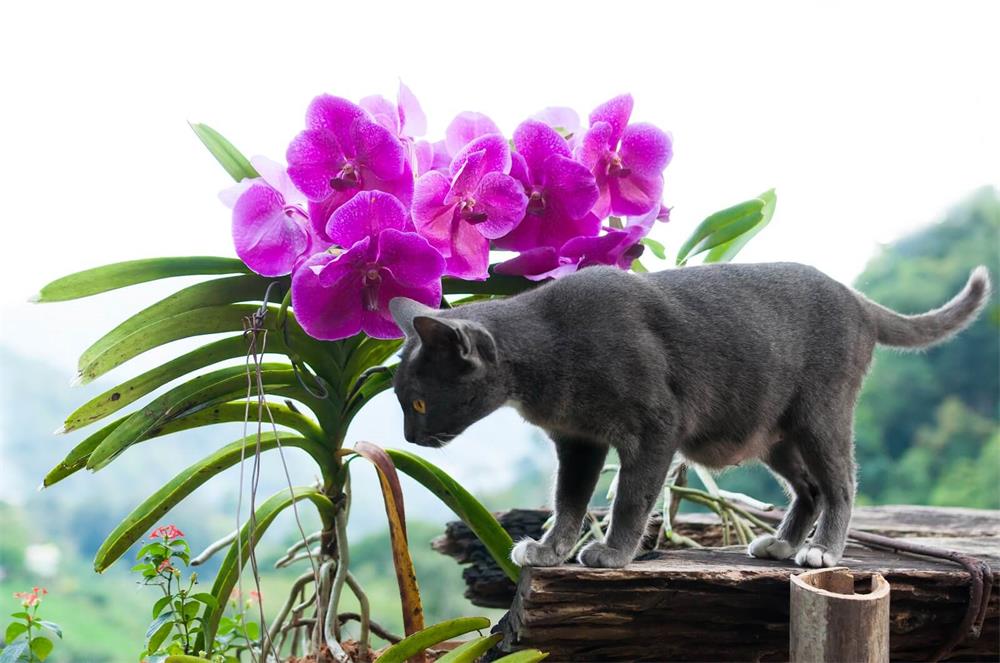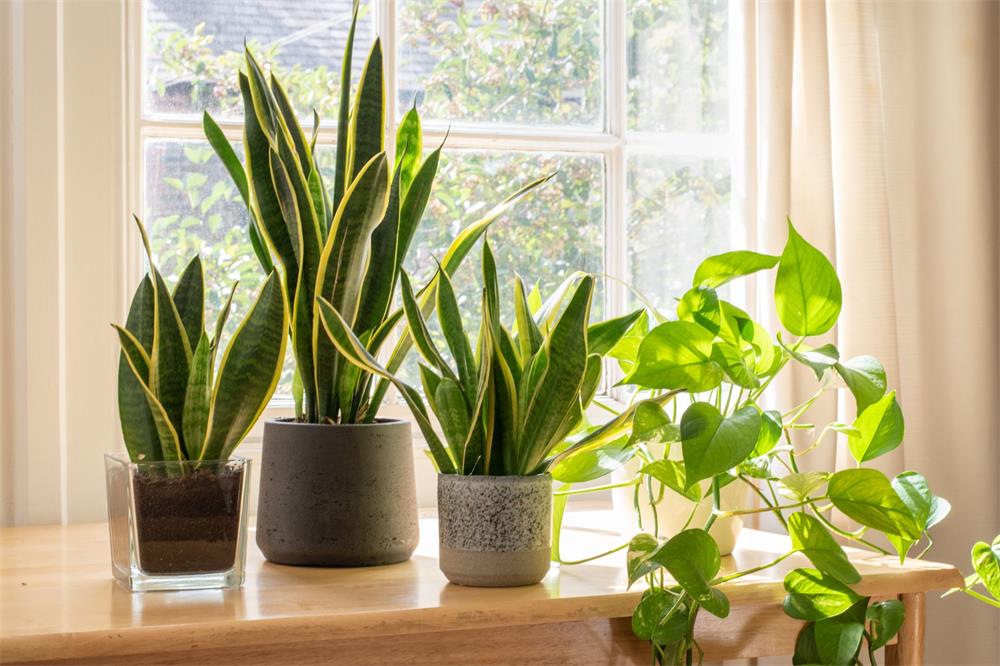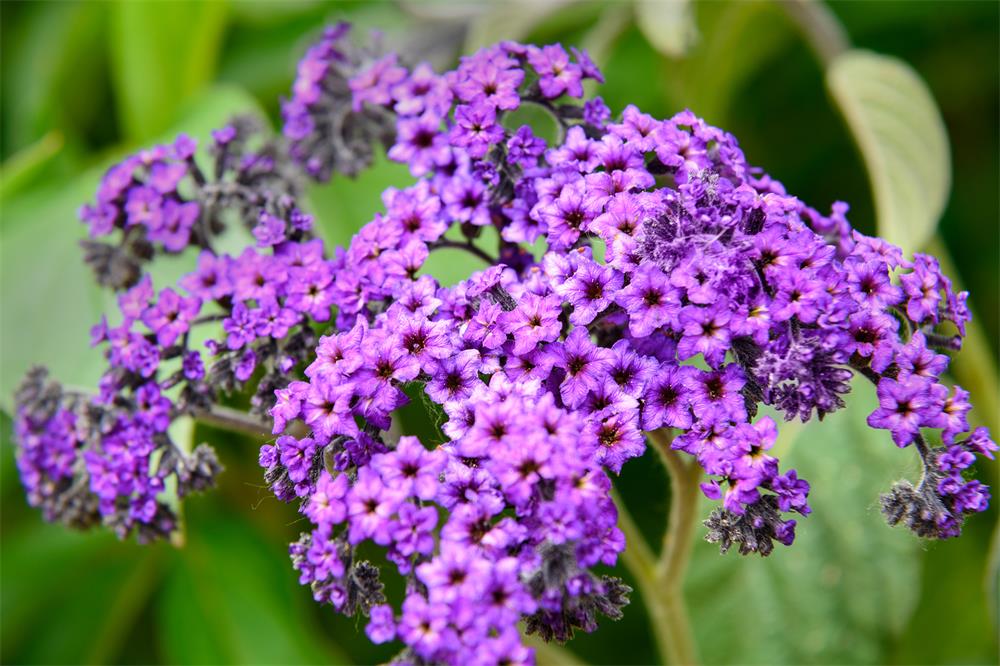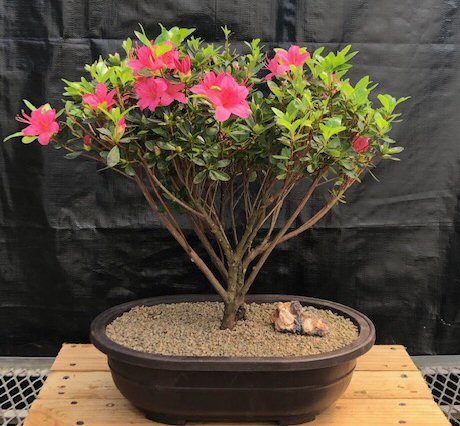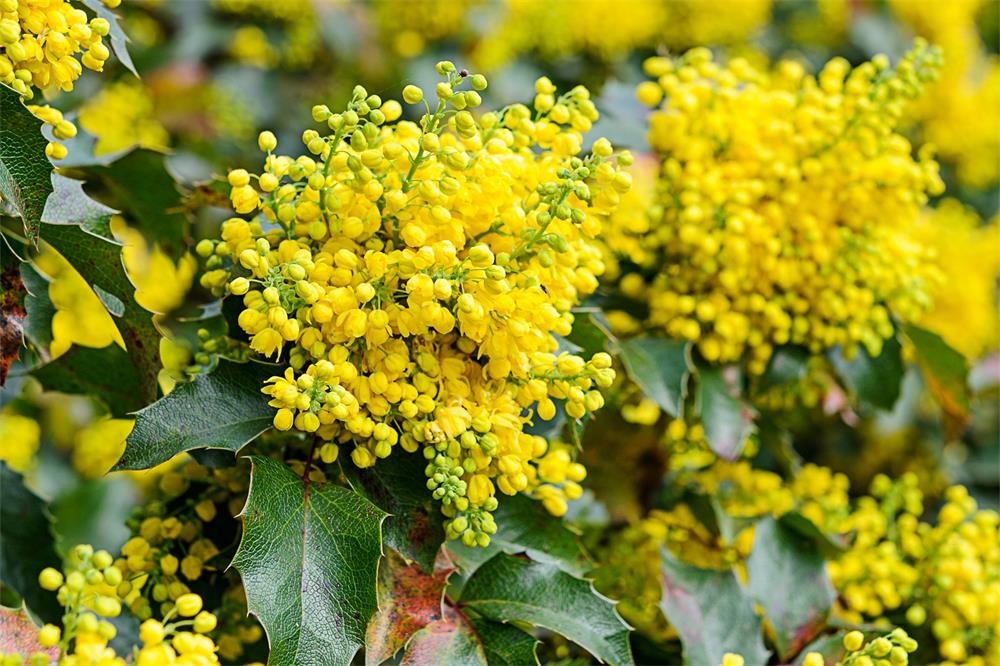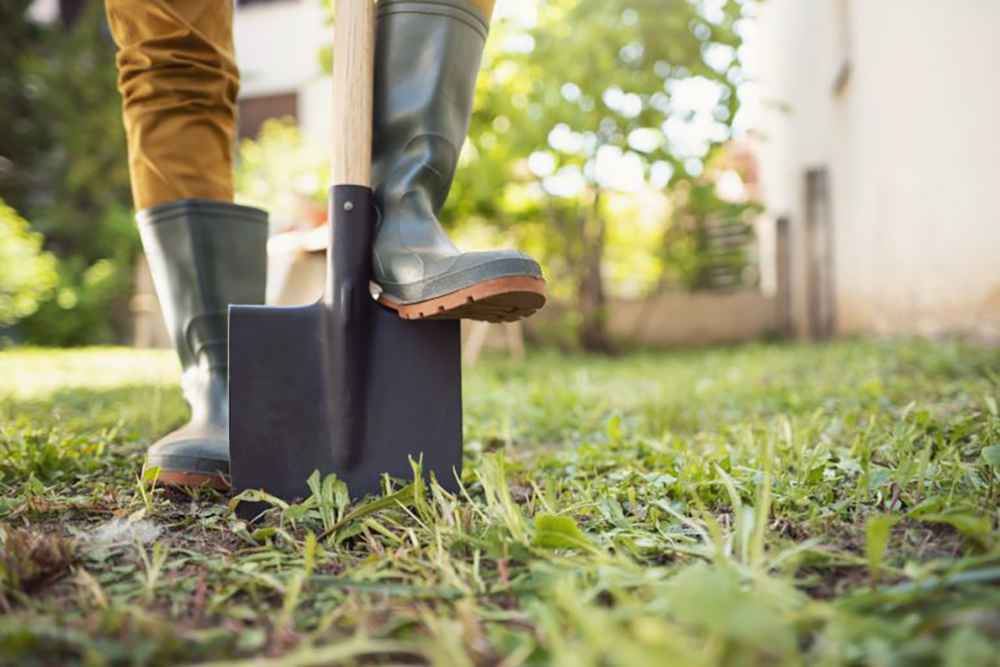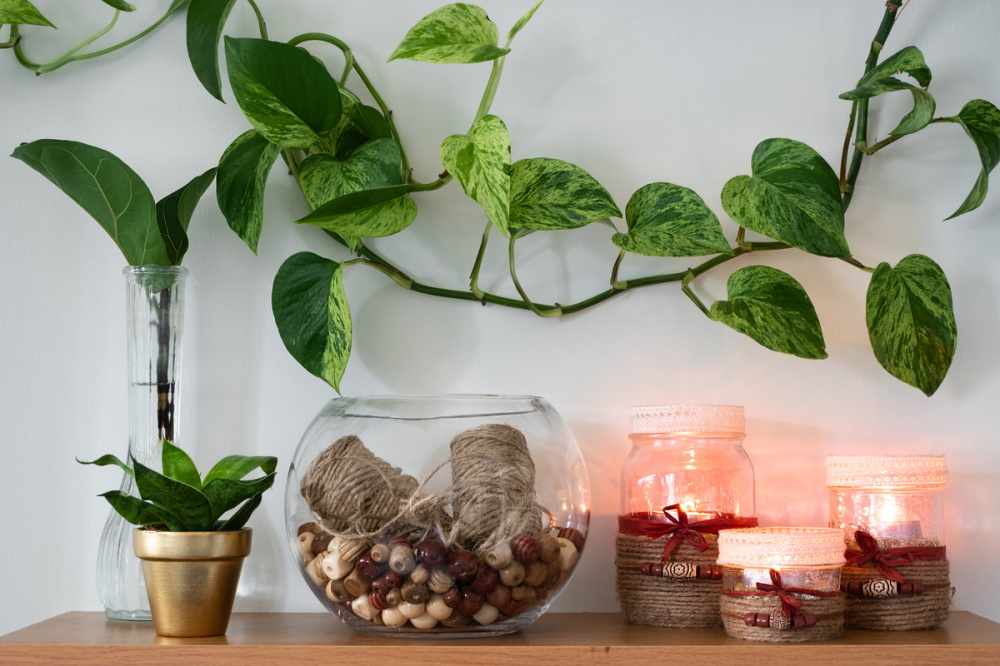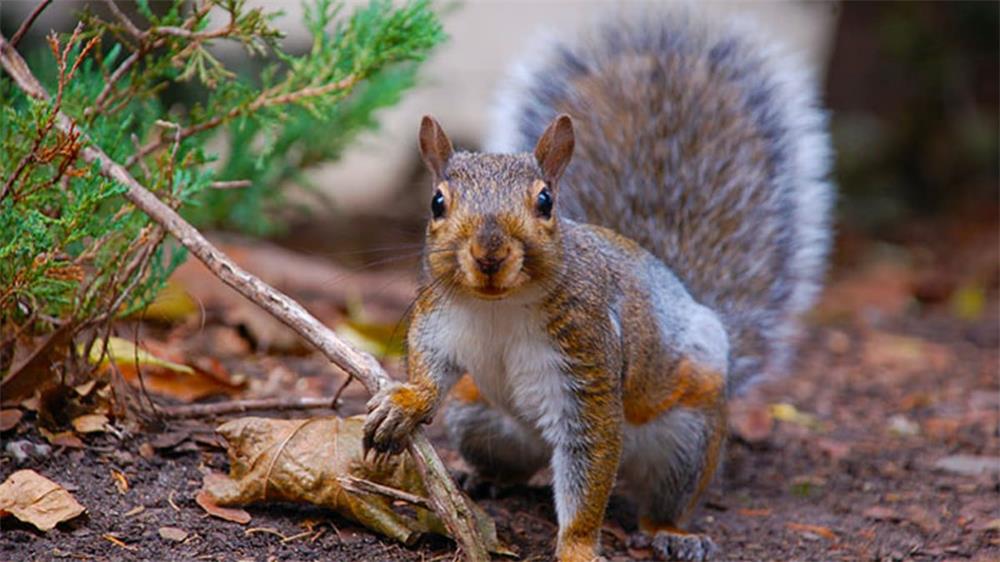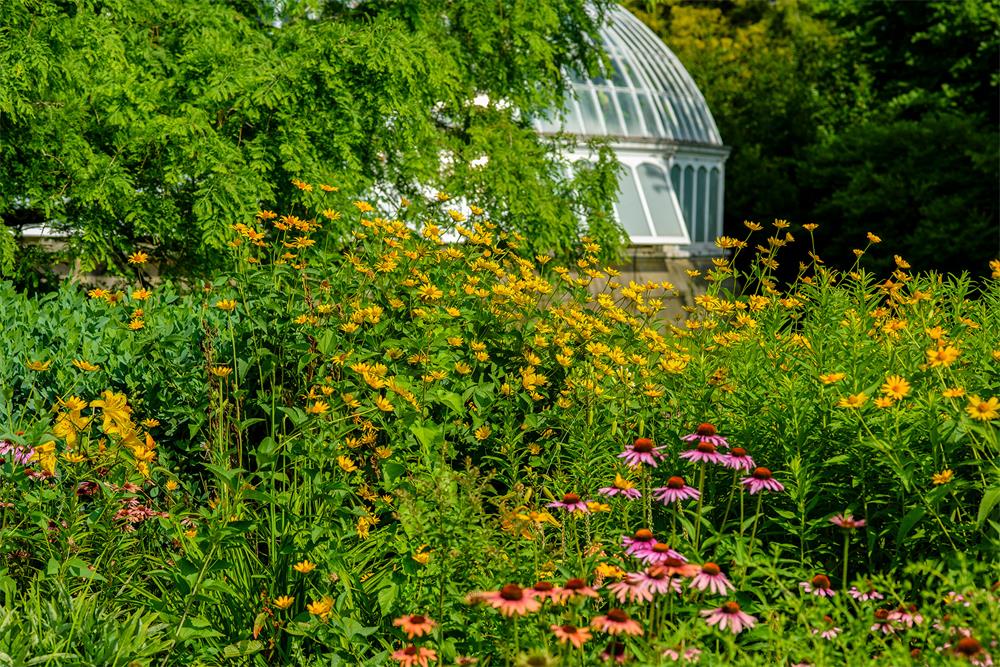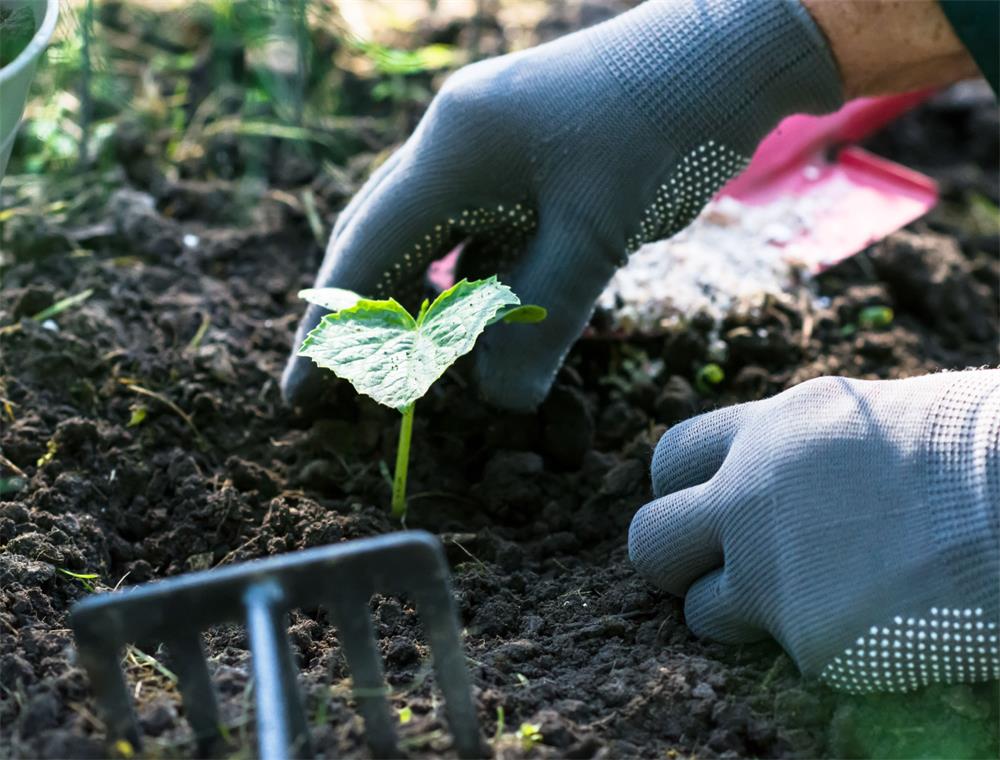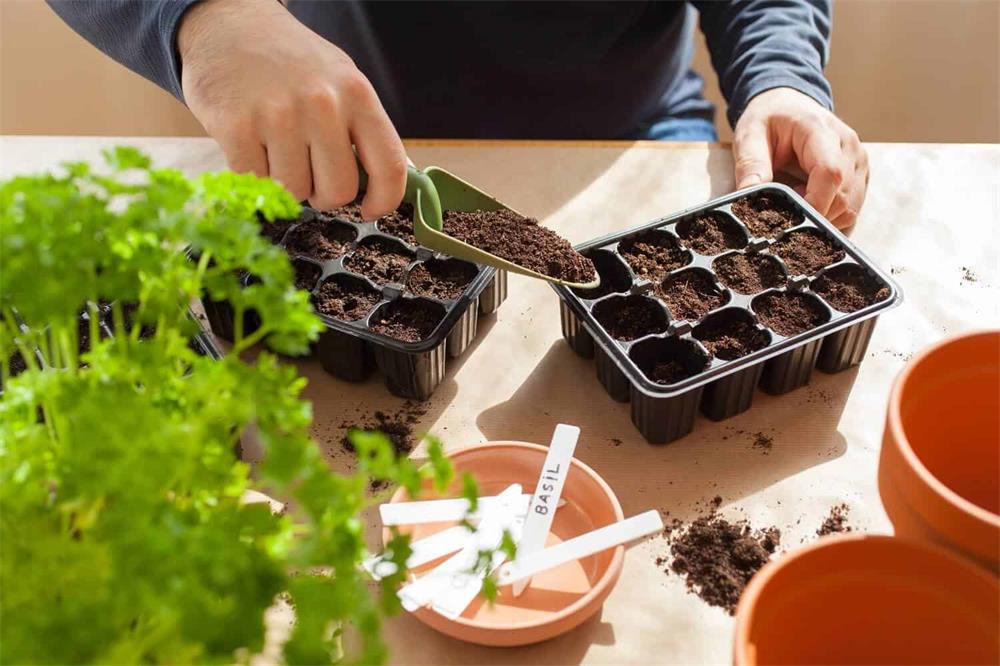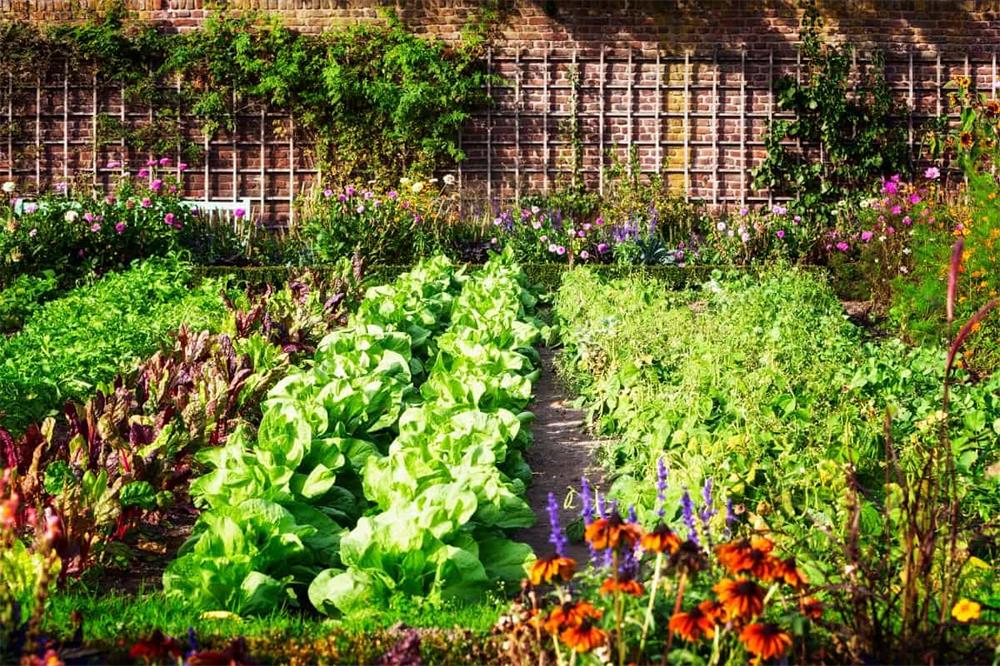
Table of Contents
French intensive gardening is a technique that allows you to grow more food in less space than conventional gardening. It is also known as biodynamic gardening, because it follows the principles of organic farming and ecological balance. French intensive gardening has a long history, dating back to the 16th century, when it was used by market gardeners in France to supply fresh vegetables to urban customers. It became popular again in the late 19th and early 20th centuries, especially in England, where it influenced the development of organic gardening. In the 1960s, it was introduced to the United States by Alan Chadwick, an English gardener who started a French-intensive garden at the University of California, Santa Cruz.
How Does French Intensive Gardening Work?
French intensive gardening is based on six main principles:
- Soil improvement: The key to French intensive gardening is creating rich, well-drained, and well-aerated soil that can support a high density of plants. This is achieved by digging the soil deeply by hand, either single digging (12 to 15 inches deep) or double digging (up to 24 inches deep), and adding plenty of mature compost. Compost provides nutrients and organic matter that improve soil structure and fertility. The deep digging also loosens the soil and allows the roots to grow vertically instead of horizontally, reducing competition among plants.
- Raised beds: Another way to prevent soil compaction and improve drainage is to use raised beds. These are mounds of soil that are higher than the surrounding ground level, usually surrounded by wooden planks or stones. Raised beds make it easier to access the plants without stepping on the soil, and also create a warmer microclimate that extends the growing season. However, raised beds need to be tall enough (at least 18 inches) to accommodate the deep roots of the plants. Alternatively, you can create flat beds that are not too wide (no more than 4 feet) so that you can reach the center of the bed from both sides without stepping on it.
- Close spacing: French intensive gardening uses a much tighter spacing than conventional gardening, sometimes up to five times closer. This means that there is little or no bare soil between the plants, which reduces water loss and weed growth. It also creates a living mulch that shades the soil and moderates its temperature. Close spacing also encourages beneficial interactions among plants, such as companion planting and intercropping.
- Companion planting: Companion planting is the practice of growing different plants together that benefit each other in some way, such as repelling pests, attracting pollinators, fixing nitrogen, or providing shade. For example, you can plant marigolds with tomatoes to deter nematodes, or basil with lettuce to enhance their flavor. Companion planting also adds diversity and beauty to your garden.
- Intercropping: Intercropping is the practice of growing two or more crops together in the same space at the same time, such as planting fast-growing radishes with slow-growing carrots, or tall corn with low-growing beans and squash. Intercropping maximizes the use of space and resources, and also increases crop yield and quality by creating a more balanced ecosystem.
- Succession planting: Succession planting is the practice of planting crops in sequence, so that as soon as one crop is harvested, another one takes its place. This way, you can have a continuous supply of fresh produce throughout the season, and also avoid leaving any bare soil that can erode or lose nutrients. Succession planting also helps prevent pest and disease problems by rotating crops from different families.
What Are the Benefits of French Intensive Gardening?
French intensive gardening has many advantages over conventional gardening, such as:
- Higher yield: By using less space and more plants, you can harvest more food per square foot than in traditional gardening. Some studies have shown that French-intensive gardening can produce up to four times more food than conventional gardening.
- Less water: By covering most of the soil with plants and mulch, you can reduce water evaporation and runoff, and conserve moisture in the soil. You also need less water because you are growing more plants in less space.
- Less weeding: By filling up most of the space with plants, you leave little room for weeds to grow. You also suppress weed growth by shading the soil with plants and mulch.
- Less fertilizer: By adding compost and rotating crops, you can maintain a high level of soil fertility without relying on synthetic fertilizers. You also reduce the risk of nutrient leaching and runoff that can pollute the water and harm the environment.
- Less pest and disease: By diversifying and rotating crops, you can create a more balanced and resilient ecosystem that can resist pest and disease attacks. You also attract beneficial insects and animals that can help control pests and diseases.
- More variety: By using companion planting and intercropping, you can grow a wider range of crops in your garden, and enjoy different flavors, colors, and textures. You can also experiment with different combinations of plants that suit your taste and needs.
- More beauty: By creating a dense and diverse garden, you can enhance the aesthetic appeal of your space, and create a pleasant environment for yourself and others. You can also use flowers, herbs, and ornamental plants to add more beauty and fragrance to your garden.
What Are the Challenges of French Intensive Gardening?
French intensive gardening is not without its challenges, such as:
- More labor: French-intensive gardening requires more work than conventional gardening, especially in the beginning when you need to prepare the soil and build the beds. You also need to pay more attention to the plants’ needs and interactions, and harvest them regularly.
- More knowledge: French intensive gardening requires more knowledge and skill than conventional gardening, especially in terms of plant selection, spacing, timing, and compatibility. You need to learn about the different plants’ characteristics, requirements, and relationships, and plan your garden accordingly.
- More resources: French intensive gardening requires more resources than conventional gardening, especially in terms of compost, seeds, and tools. You need to have a steady supply of good-quality compost to enrich the soil and feed the plants. You also need to have enough seeds to fill up the space and replace the harvested crops. You also need to have appropriate tools to dig the soil, build the beds, plant the seeds, and harvest the crops.
How to Start a French Intensive Garden?
If you want to try French-intensive gardening in your own space, here are some steps you can follow:
- Choose a site: Pick a site that receives at least six hours of direct sunlight per day, preferably in the morning or late afternoon. Avoid areas that are too windy, shady, or wet. Make sure you have access to water and compost nearby.
- Prepare the soil: Dig the soil deeply by hand, either single-digging or double digging depending on your soil type and condition. Remove any rocks, roots, or weeds. Add plenty of mature compost and mix it well with the soil.
- Build the beds: Create raised beds or flat beds that are no wider than four feet and as long as you want. Leave some space between the beds for walking and watering. Shape the beds into mounds or ridges that slope gently from the center to the sides.
- Plant the crops: Choose crops that suit your climate, season, and preference. Use companion planting and intercropping to combine different plants that benefit each other. Use close spacing to fill up most of the space with plants. Use succession planting to replace harvested crops with new ones.
- Maintain the garden: Water the plants regularly but not excessively. Mulch the soil with organic materials such as straw, leaves, or grass clippings to conserve moisture and suppress weeds. Weed as needed by hand or with a hoe. Harvest frequently and enjoy your produce.
Conclusion
French intensive gardening is a great way to grow more food in less space while improving your soil quality and biodiversity. It is also a fun and rewarding way to enjoy gardening as a hobby or a lifestyle. By following some basic principles and practices, you can create your own French intensive garden and reap its benefits.



